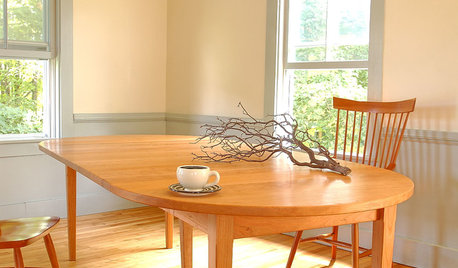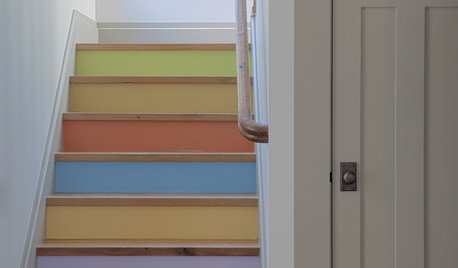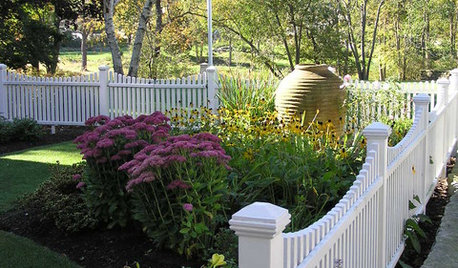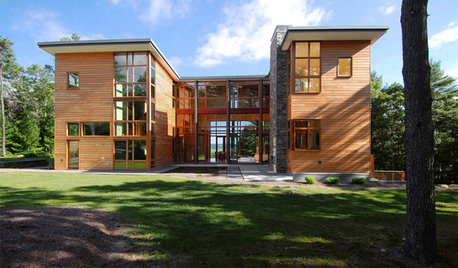Very strange to me...
zooter
19 years ago
Related Stories

DECORATING GUIDESStrange but True Parallels Between Early Western and Old Japanese Style
Part 1 of our 'wabi-sabi' series: in which Shaker and Arts and Crafts designs reveal simplicity, modesty and integrity
Full Story
DECORATING GUIDESBudget Decorator: 16 Fab Spring Updates for Very Little Green
Turn your fancy to low-cost enhancements this spring, for a freshly decorated home you'll fall in love with
Full Story
GRAYChoosing Color: Give Me More Gray Days
Layer On the Grays for a Sophisticated Look in Any Room
Full Story
THE ART OF ARCHITECTUREOutside In: You, Me and Nature, Cozy Together
From reclaimed tree trunks to soaring coastal views, designers and homeowners are finding ways to bring the inspiring outdoors inside
Full Story
FEEL-GOOD HOME12 Very Useful Things I've Learned From Designers
These simple ideas can make life at home more efficient and enjoyable
Full Story
COFFEE WITH AN ARCHITECTMike Brady Lied to Me
Why "The Brady Bunch" is a terrible guide for the architectural profession
Full Story
GARDENING AND LANDSCAPINGLandscape Detail: Do Fence Me In
For security and privacy or just a sweet backdrop to the begonias, a fence in your garden or yard is the finishing touch
Full Story
MOST POPULARDecorating 101: How Much Is This Going to Cost Me?
Learn what you might spend on DIY decorating, plus where it’s good to splurge or scrimp
Full Story
COFFEE WITH AN ARCHITECTWhat My Kids Have Taught Me About Working From Home
Candy and Legos aren't the only things certain small people have brought to my architecture business
Full Story
ARCHITECTUREDesign Workshop: Give Me an ‘H’
Look to modern versions of an H-shaped medieval floor plan for more privacy and natural light
Full StorySponsored
Franklin County's Full Service, Turn-Key Construction & Design Company
More Discussions







kdjoergensen
nazanine
Related Professionals
Maple Valley Landscape Architects & Landscape Designers · Glendora Landscape Architects & Landscape Designers · Norton Shores Landscape Architects & Landscape Designers · Walnut Landscape Architects & Landscape Designers · Lakeland Landscape Contractors · Berwyn Landscape Contractors · Gloucester Landscape Contractors · Hilo Landscape Contractors · Oakland Landscape Contractors · Berkeley Fence Contractors · Oak Creek Fence Contractors · Pasadena Fence Contractors · San Rafael Fence Contractors · Surfside Fence Contractors · Duarte Fence ContractorszooterOriginal Author
zooterOriginal Author
okmissouri
zooterOriginal Author
chaman
reinbeaux
kdjoergensen
serenoa
Ron_B